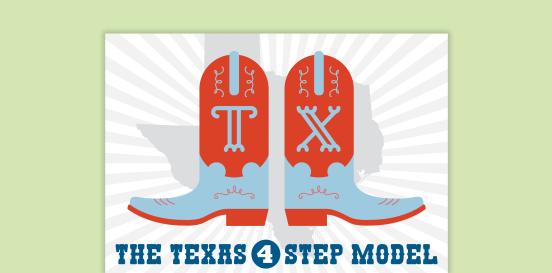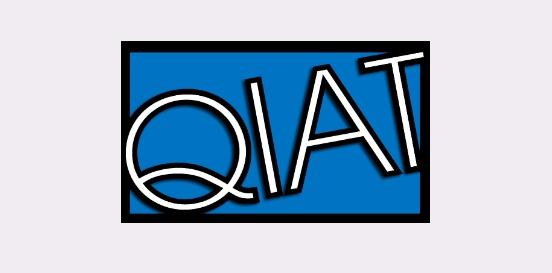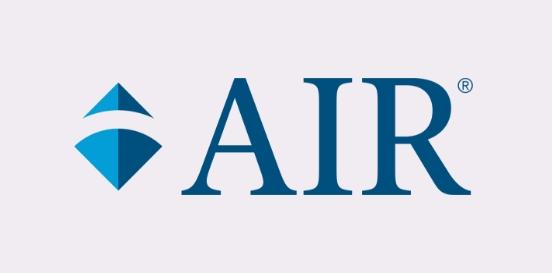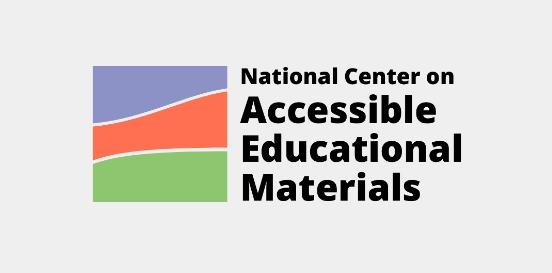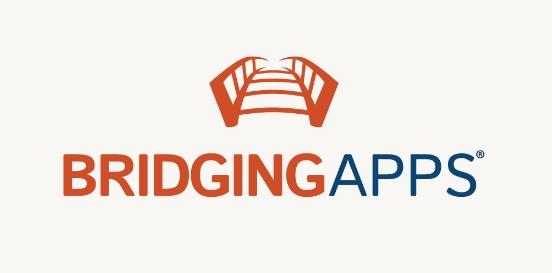High-Contrast Visual Schedule
A type of visual aid designed to assist individuals, particularly those with visual impairments or sensory processing issues, in understanding and following a sequence of activities or tasks. This type of schedule uses high-contrast colors, bold lines, and simple shapes to make the visual cues easily distinguishable and accessible to individuals with low vision or other visual challenges.
Considerations
Take the following considerations into account when selecting and implementing AT to ensure that the chosen tools are well-suited to the student’s needs, align with their goals, and seamlessly integrate into their educational journey. By embracing a collaborative approach and considering the specific skills, tasks, and implementation context, educators can provide students with the necessary support to thrive academically and functionally, promoting inclusivity and fostering their overall success.
Skills and Tasks What skills or tasks will the student utilize this tool for? What areas, functional or academic, does this tool support?
- Time
- Visual attention
- Routine
- Language
- Communication
- Transition
Implementation Context In what activities, classes, or environments will the student utilize this tool?
The purpose of a high-contrast visual schedule is to provide a clear and structured representation of the tasks or activities that need to be completed, helping individuals better comprehend and navigate their daily routines. These schedules can be especially beneficial for individuals with autism spectrum disorder (ASD), attention deficit hyperactivity disorder (ADHD), or other cognitive and developmental disabilities, as they offer a visual roadmap to guide them through their day and reduce anxiety or confusion.
High-contrast visual schedules can be created using various materials, such as paper, cardboard, or digital devices, and they can be customized to suit the individual's specific needs and preferences. They typically consist of a series of visual symbols, icons, or pictures representing each activity or task, arranged in sequential order along a timeline or grid format. Additionally, accompanying text or verbal cues may be included to further clarify the schedule and reinforce understanding. Here's how it can be used effectively:
- Enhanced visibility: High-contrast visuals utilize bold color contrasts (like black and white) which make it easier for students with low vision or visual impairments to perceive the images and text. This ensures that the schedule is clearly visible and accessible to them.
- Consistent structure: The schedule provides a consistent structure that helps students anticipate what activities are coming up next throughout their day. This predictability can reduce anxiety and stress often associated with transitions between activities.
- Promotes independence: By having a clear visual representation of their daily routines, students can develop independence in managing their own schedules. They can refer to the schedule to know what tasks they need to complete and when, fostering self-reliance and autonomy.
- Customization: High-contrast visual schedules can be customized to meet the specific needs of each student. This means incorporating personalized images, symbols, or text that resonate with the student and represent their daily activities accurately. This customization ensures that the schedule is meaningful and relevant to the individual student.
- Facilitates communication: Visual schedules can also serve as communication aids, allowing students to express their preferences, needs, and concerns related to their daily activities. Students can point to or indicate specific tasks on the schedule to communicate their desires or seek assistance when needed.
- Collaboration and consistency: Teachers, parents, and caregivers can collaborate in creating and implementing the visual schedule to ensure consistency across different environments (e.g., home and school). Consistency is key for students with sensory-vision disabilities as it helps reinforce routines and expectations.
- Transition support: Transitioning between activities can be challenging for students with sensory-vision disabilities. A visual schedule can include transition cues or countdowns to help students prepare for upcoming changes, making transitions smoother and reducing anxiety.
- Encourages time management skills: Visual schedules can incorporate elements of time management, such as timers or clocks, to help students develop a sense of time and pace themselves through their daily activities.


